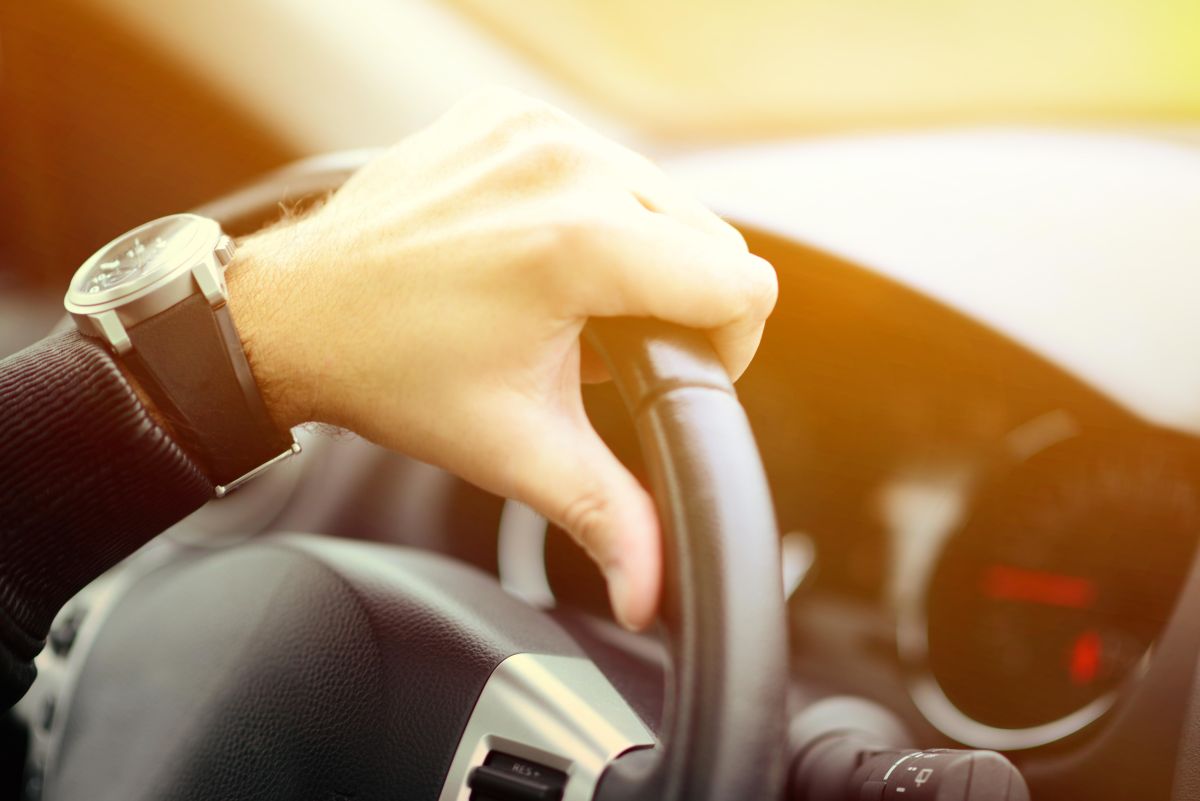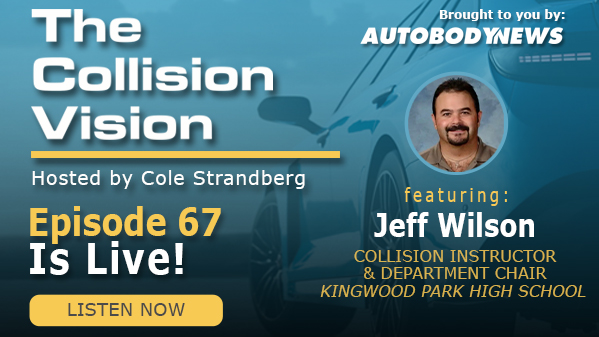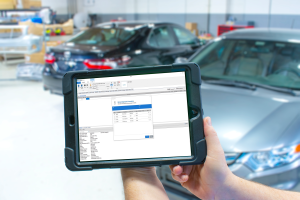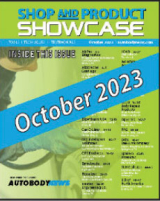asTech, a Repairify company, hosted a webinar April 23 to encourage collision repairers to consider making the relatively small investment in equipment to perform dynamic calibrations, rather than subletting out the work.
"There are lots of reasons why I would want to keep that in house," said Kris Bjerke, director of R&D, calibrations and implementation for asTech.
Doing those calibrations themselves, rather than paying a subletter, helps shops maximize profits, better control cycle time and improve customer satisfaction, while ensuring the work is done properly.
While static calibrations can require more expensive investments in both equipment and establishing the right conditions within a shop, most shops can do dynamic calibrations on their own already, Bjerke said.
"Most (shops) are already doing pre- and post-scans," he said. "With that equipment or partnerships you have, you are able to do dynamic calibrations without much more investment other than training."
Dynamic calibrations are performed by putting the vehicle in a "learning" mode and then driving it, so it resets its calibrations itself by looking for items along the side of the road, like guard rails and stop signs, to make sure those systems are "seeing" correctly so they work properly.
Bjerke said shops will need a digital inclinometer, like the Stead & Fast Digital Angle Finder, available at most auto parts or hardware stores or through online retailers like Amazon for less than $25, and at least one level surface, either the shop floor or a frame or alignment rack.
Next, they need their scan tool, either one made by an OEM or an aftermarket tool, like asTech's All-In-One with adasThink, which identifies required calibrations by reviewing repair estimates and comparing them to OEM service information. Those reports can also be shared with insurance companies to prove why those calibrations were necessary, Bjerke said. The adasThink tool works with all estimating systems -- automatically with CCC and manually with Mitchell and Audatex.
As an example, he showed an adasThink report for a 2021 Cadillac Escalade, which identified six necessary operations as well as the required tools.
Once the dynamic calibrations have been identified, the vehicle can be driven to set them. Bjerke said certain driving conditions are necessary for accuracy.
Weather needs to be considered before performing a dynamic calibration. Heavy rain or snow will make it hard for radar systems to "see" street lights and poles or lines on the road.
Traffic also must be taken into account, as the systems need distance between vehicles to calibrate correctly.
"Rush hour is not the time to do a dynamic calibration," Bjerke said.
Bjerke said interstates are also not the right place to most calibrations, as things like signs are too far off the roadway, and some manufacturers can specify speeds as low as 15 mph.
Most dynamic calibrations do not have a tire pressure or fuel tank level requirement, but Michael Terry, manager of R&D and calibrations at asTech, reminded shops to make sure the vehicle is in roadworthy condition before driving it.
Bjerke said it is also important to make sure there is a good WiFi or internet "hot spot" connection for certain calibrations that require one, like the long range radar sensor on the example Escalade. He said a lot of shops use the hot spot on a smartphone or tablet, but those devices will prioritize using data for incoming phone calls, text messages, emails and notifications, which could interrupt the calibration. In some cases, that pause in connection could "brick" a module. He recommended using a dedicated hot spot for calibrations.
Eric McClellan, senior training director at Repairify, who hosted the webinar, reminded repairers to always wear their seat belt while performing dynamic calibrations, as some modules won’t “learn” if it's not buckled.
Driving the vehicle to complete the calibration can take anywhere from 10 seconds to 20 minutes, Bjerke added. Using the adasThink connects repairers to asTech technicians, who can give an idea of the time range.
Finally, once a post-scan is complete on the entire repair, the vehicle should be taken on one more test drive.
"The dynamic calibration drive was for learning," Bjerke said. "[The test drive] will show you if all systems are on."
One webinar attendee asked how much training an in-shop technician needs to complete a dynamic calibration.
"The biggest thing is reading, understanding and executing on service information," Bjerke said.
Bjerke suggested taking photos of the scan tool report to make sure all the prerequisites were met before the dynamic calibrations were completed.
He noted if the shop is using a different scan tool that doesn't include access to technicians, like asTech's tool, the in-shop technician will need a deeper understanding of the process.
Another webinar attendee asked about how vehicle modifications like lifted or lowered suspensions can affect ADAS features.
Bjerke said asTech can't guarantee calibrations on aftermarket modifications not also manufactured by the OEM. He recommended telling a customer to take the vehicle back to whoever did the modifications or to a dealership.
"It's better to have that conversation up front, instead of getting to the point where you did the repairs but now you have to call the customer and tell them you can’t complete calibrations," Bjerke said. "Obviously you have to get estimators to notice those things at the beginning."
"Remember, what are the consequences if you can’t get the calibration to finish?" Terry added. "If you start [a dynamic calibration on a modified vehicle], it might not be able to finish, and the worst case scenario would be you have to put the truck back to stock to complete it. Be wary of that."
Anyone with more questions about performing dynamic calibrations or asTech's products can send an email to info@astech.com.










Abby Andrews